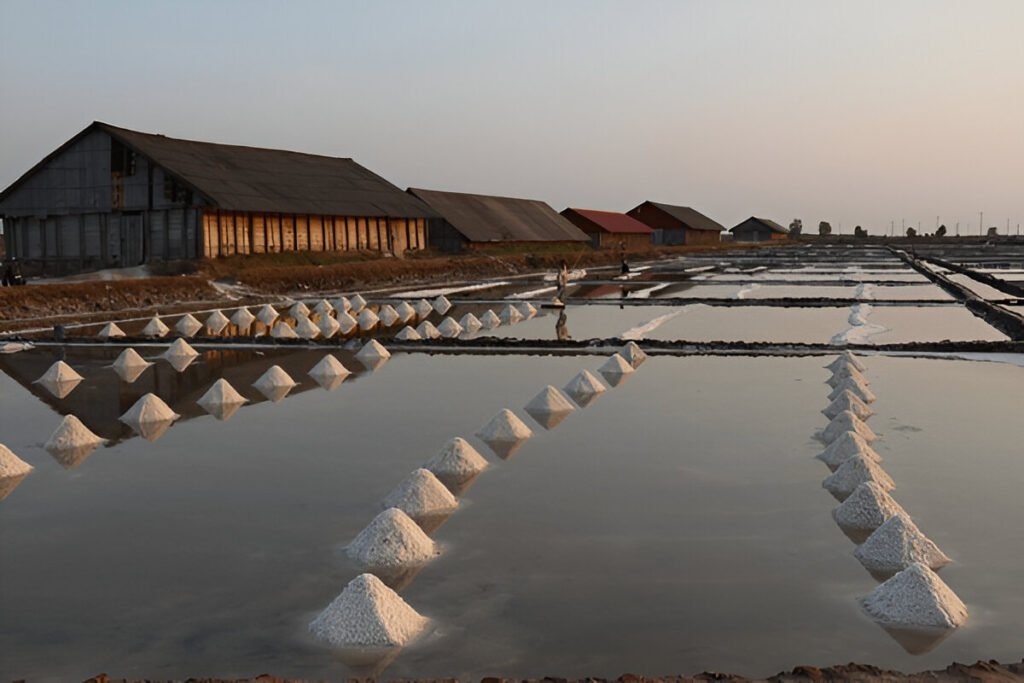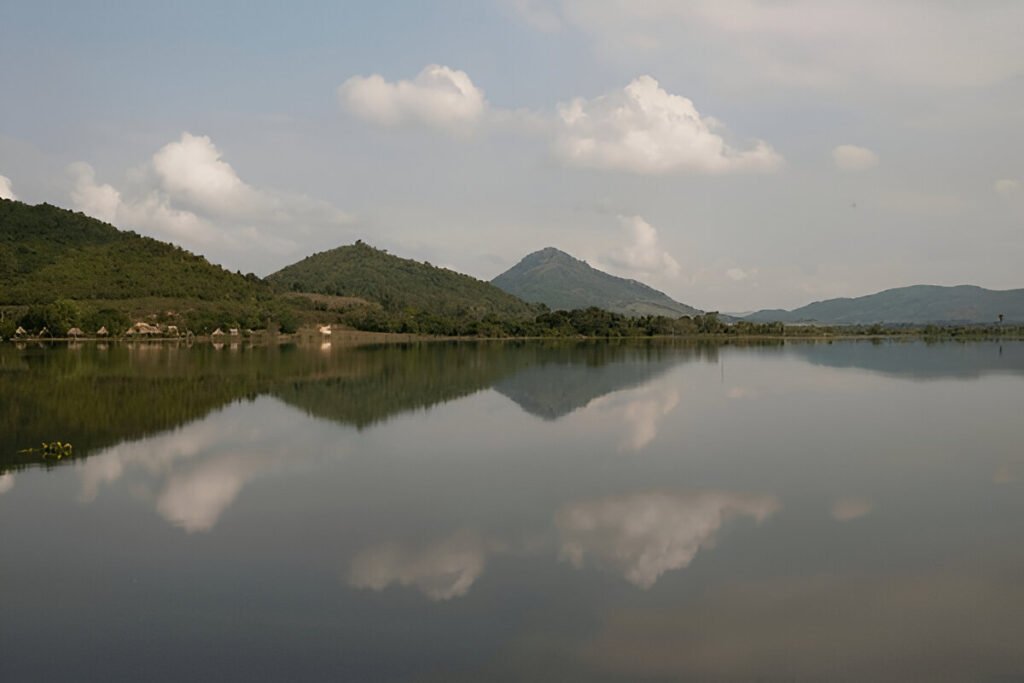Introduction:
Nestled in the Shimane Prefecture of Japan stands a majestic architectural marvel that serves as a window into the country’s illustrious past – the Matsue Castle. This legendary fortress, one of the few original castles left in Japan, offers a captivating journey through time, showcasing the rich tapestry of Japanese history and culture. With its towering black edifice, referred to as the "Black Castle" or "Plover Castle," it is a must-visit destination for history enthusiasts, architecture lovers, and anyone in search of a unique travel experience.
Matsue Castle: A Timeless Testament to Japan’s Majestic Past
Constructed in 1611 during Japan’s feudal Edo Period, Matsue Castle stands as one of the 12 remaining original castles in the country. Unlike other structures that have undergone significant restoration or reconstruction, Matsue Castle has largely retained its original form, providing an authentic glimpse into the architectural prowess of the era. The castle’s iconic black exterior, strikingly contrasted with the serene beauty of the surrounding moat and gardens, paints a fascinating picture of the past.
The castle’s interior is equally captivating, boasting five stories of historical exhibits that shed light on the samurai culture, the castle’s military history, and the lifestyle of the Matsue region’s feudal lords. Notably, the castle’s top floor offers breathtaking panoramic views of the city, Lake Shinji, and the Sea of Japan – a sight that effortlessly blends the past, present, and nature’s timeless beauty.
The area surrounding Matsue Castle, known as the castle town, is steeped in rich cultural and historical significance. Traditional samurai residences, tea houses, and museums add to the town’s old-world charm, offering visitors a chance to immerse themselves in a bygone era.
Unmasking the Intriguing History of One of Japan’s Last Original Castles
Matsue Castle’s story is deeply intertwined with the history of Japan. Unlike many other castles that were demolished during the Meiji Period’s modernization efforts, Matsue Castle was spared, thanks, in part, to the strategic importance of Matsue City as a military and political center. This endearing tale of survival adds another layer to the castle’s historical allure.
The castle was built by Horio Yoshiharu, a daimyo (feudal lord) who ruled the region during the Edo Period. Although it was initially built for defensive purposes, the castle has since served various roles, such as a school and a local government office. Today, Matsue Castle stands as a symbol of the city, revered not just for its architectural beauty and historical significance, but also for its resilience.
While exploring Matsue Castle, visitors can also learn about the castle’s connection to Lafcadio Hearn, a prominent Greek-Irish writer who lived in Matsue and penned several works about Japanese folklore and ghost stories. Hearn’s former residence, now a museum, is located near the castle and is another must-visit site for history and literature enthusiasts.
Conclusion:
Visiting Matsue Castle is not just about witnessing an architectural masterpiece; it’s about experiencing a living piece of history that narrates Japan’s intriguing past in its own unique way. A trip to Matsue Castle is an immersive journey into the heart of Japanese culture and history. Whether you’re an avid historian, a curious traveler, or a passionate adventurer, Matsue Castle and its rich tapestry of stories await your exploration. So pack your bags, set your course, and get ready to step into a world where the past and present seamlessly intertwine.





